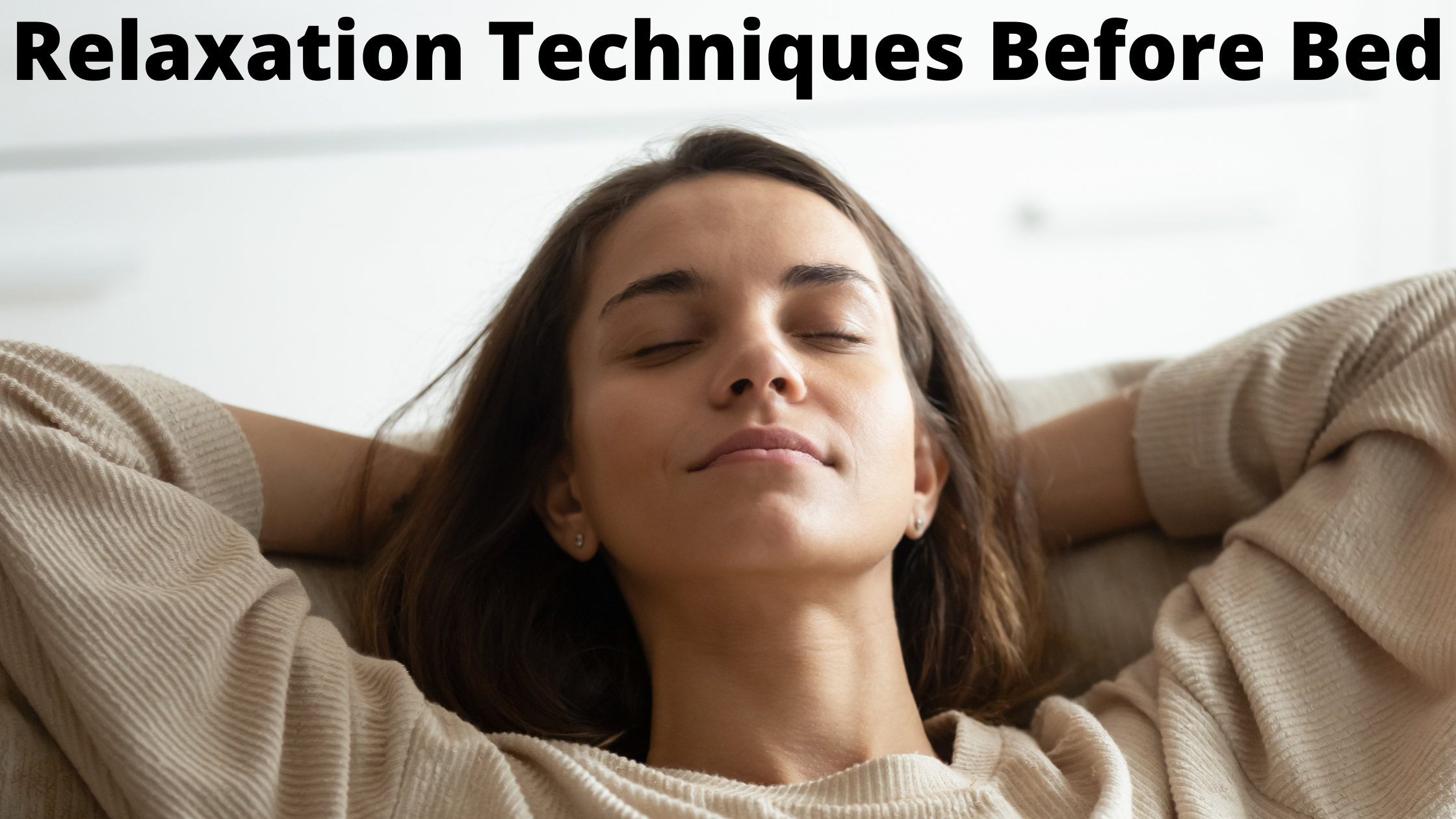
When you're trying to go to sleep, sometimes, for whatever reason, your body is just not ready to go to sleep. You may feel excited, antsy, or just not very tired. However, you know that if you don't go to sleep soon and your wake time doesn't change to make sure you can get adequate amount of sleep, that you're going to be dragging the next day.
Therefore, it's important to learn some tips and tricks for when you need to relax so you can go to bed. Here are some relaxation exercises to help you fall asleep. Most of these can be done in your bed so you can fall asleep right where you are relaxing.
Breathing exercise
Taking deep, slow breaths is one of the most basic ways to get your body to naturally relax. If you are lying awake in bed, start by taking 10 deep breaths. This can begin to slow the breath and create a sense of calm. A few breathing exercises include:
- Diaphragmatic Breathing - Belly breathing engages the large muscle at the base of the lungs which can increase relaxation and strengthen your diaphragm- increasing efficiency of your breathing.
- While lying down, place your hand on your belly and the other on your chest. The goal is to only move the hand on your belly, and not your chest. Breathe in through your nose so your belly pushes against your hand then tighten your stomach muscles and exhale through pursed lips. Repeat
- 4-7-8 Breathing - Place the tip of your tongue on the roof of your mouth, right behind your front teeth. Inhale through your nose for 4 seconds, hold your breath for 7 seconds, then exhale for 8 seconds.
Visualization exercises
These techniques rely on using mental images to create a sense of well-being in the body which can help induce relaxation and help you fall asleep.
- Body scan - Focused attention to different parts of the body.
- While lying in bed, take a few deep breaths, then bring attention to your feet and notice any sensations or if you're holding any tension in that part of the body. If there is discomfort, acknowledge it and let it go. When you're ready, move to the next body part in the direction of your head and visualize the tension releasing from each one until you reach the top of your head.
- Autogenic Training - similar to body scan, but adds in self-statements about heaviness and warmth in each part of the body.
- Start with a few breaths, then bring attention to your feet while slowly repeating "my feet are very heavy , I am completely calm." Focus on your feet, and then slowly repeat that affirmation six more times. Continue doing this throughout your body.
Progressive muscle relaxation (PMR)
PMR is based on the idea that it's hard to be tense when your muscles are relaxed. This exercise is very methodical in the sense that you tense and relax 16 different muscle groups, one by one.
- Write down all the muscle groups or make an audio recording of yourself saying each one. Give about 45 seconds in between each one. The muscle groups are hands, wrists, forearms, biceps, shoulders, forehead, around the eyes, around the nose, cheeks, jaw, around the mouth, back of the neck, front of the neck, chest, back, stomach, hips and buttocks, thighs, and lower legs.
- When you're lying in bed, breathe in and tense the first group of muscles for 5-10 seconds. Breath out and quickly relax the muscles in that group. Stay relaxed for 10-20 seconds before moving to the next muscle group.
- Repeat this until all of the muscle groups are finished.
These are just a few easy techniques you can do to help relax yourself before bed. If you're stressed, feeling a lot of tension, or just need something to distract you so you can go to sleep, these may be great options.
If this doesn't help and you suspect there is a serious underlying disorder, then please click the orange button below to take a free online sleep test and speak with one of our sleep health professionals.

